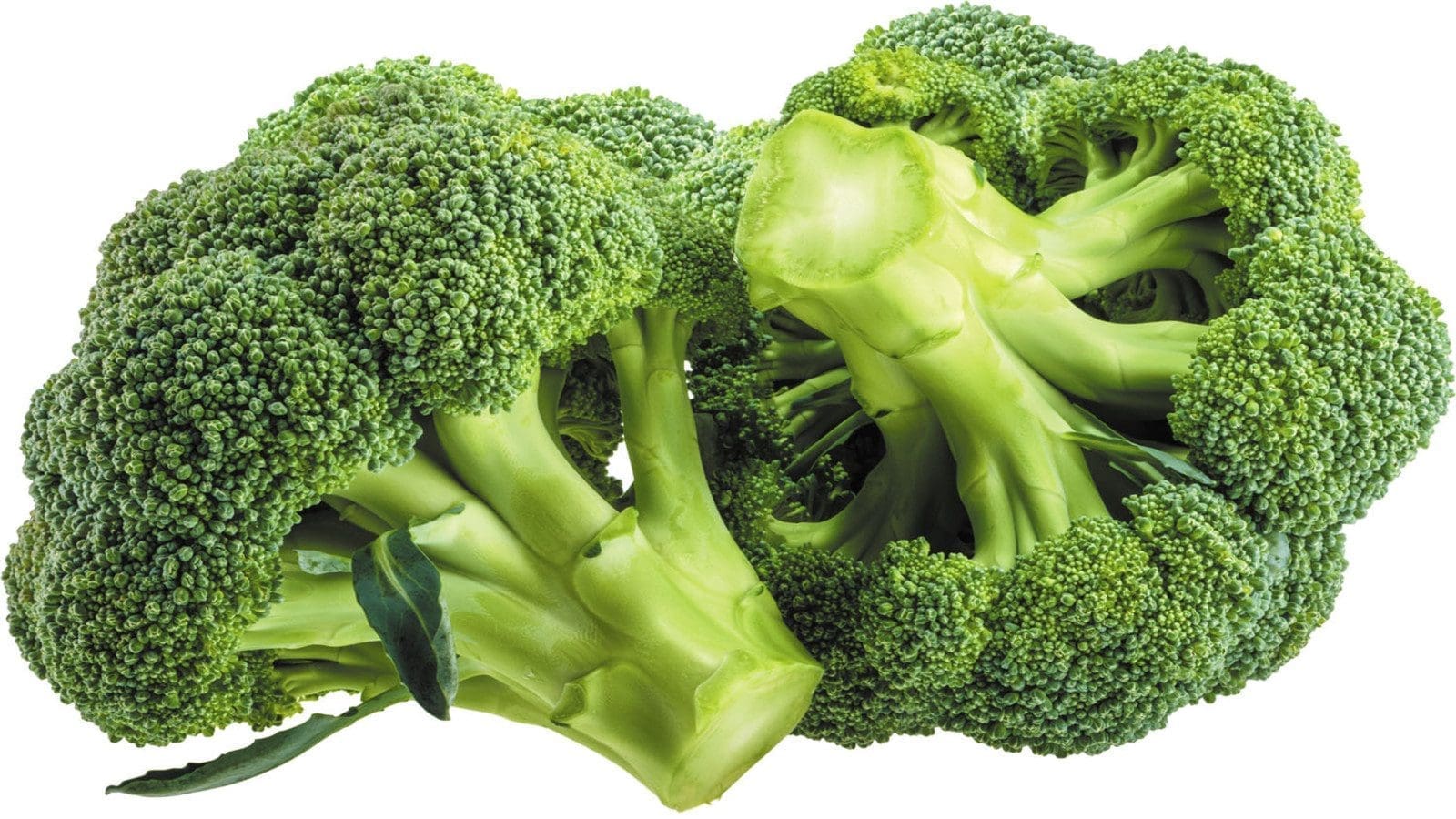U.S – Scientists from the University of Florida (UF), Kansas State University, and Virginia Tech have found the genes to slow down the wilting and yellowing of broccoli when it is harvested.
As soon as a head of broccoli is harvested, an internal clock for freshness starts counting down, and the crisp green crown soon wilts and yellows. To understand what causes this transformation, the research team investigated the genes responsible for the molecular changes inside broccoli as it ages.
“With this research, one of our goals is ultimately to develop a quick test that would measure how fresh the produce is, based on which genes are being expressed” said Tie Liu, the study’s Senior Author and an Assistant Professor in the UF/IFAS horticultural sciences department.
The genes that the researchers found are involved in broccoli senescence. These genes are aptly named senescence associated genes (SAGs). While more research is needed to further understand SAGs, the researchers reiterate that what they learned about broccoli can be applied to other crops.
“Broccoli is actually just a cultivated variety of a single species from which we get other crops like cabbage, Brussels sprouts and kale. So, what we learn about broccoli is likely true of these crops as well,” Jeff Brecht, one of the study’s Co-authors and a Professor in the UF/IFAS horticultural sciences .
According to Liu, understanding the genes behind freshness could also offer valuable information to plant breeders trying to develop crops that stay fresher longer.
The study Co-author Eleni Pliakoni informed that this line of research has been more than a decade in the making.
“This idea, of identifying the genes that are related with senescence and utilizing them as markers to determine the remaining shelf life of fresh produce, started several years ago when I was still working as a postdoc in Dr. Brecht’s lab,” said Pliakoni, who is now an Associate Professor in the Department of Horticulture and Natural Resources at the Kansas State University Olathe campus.
While Pliakoni was at UF, the Brecht lab sought funding to pursue research into SAGs but wasn’t successful. Then, with the aid of a grant from the UF/IFAS Office of Research and the hiring of Liu, a new opportunity to collaborate emerged.
“When Dr. Liu joined our team and took the lead on the project, the three labs managed to produce data that supported our hypothesis, and this paper is actually our proof of concept for our initial idea. I am so happy about this publication, because I think that is great information to be shared with the scientific community regarding senescence. Looking forward to many more!” said Pliakoni.
Liked this article? Subscribe to Food Safety Africa News, our regular email newsletters with the latest news insights from Africa and the World’s food safety, quality and compliance. SUBSCRIBE HERE








